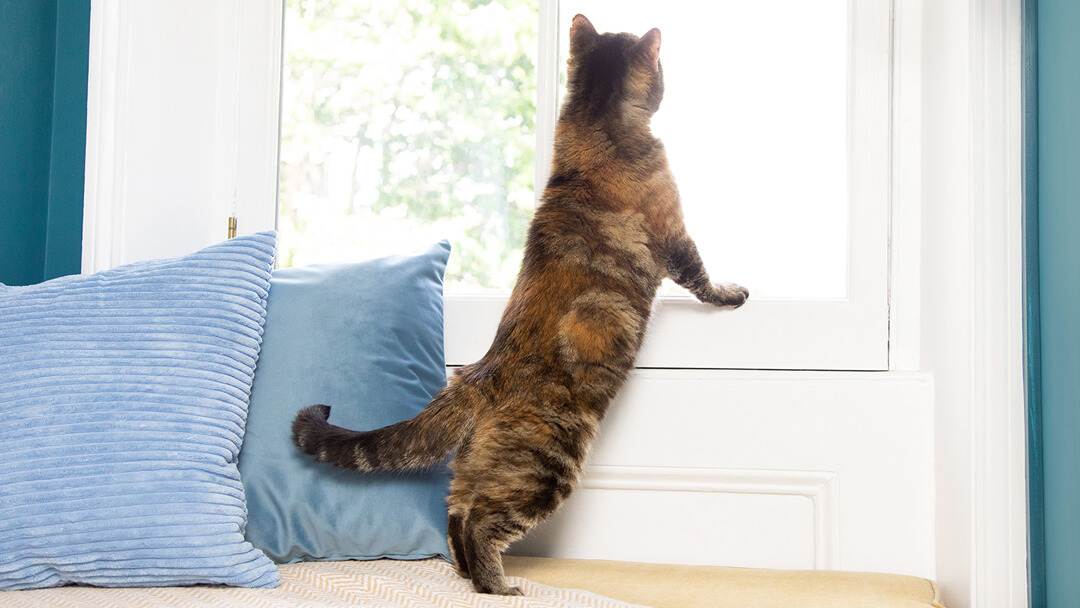Cats are renowned for their independence and adaptability, yet when kept indoors, they rely on their owners to fulfill their essential needs. Understanding and meeting these needs is crucial to ensuring the health, happiness, and well-being of our feline companions.
Physical Exercise
One of the primary needs of indoor cats is physical exercise. Without access to the outdoors, they may lack opportunities to engage in natural behaviors like hunting, climbing, and exploring. To address this, provide interactive toys such as feather wands, laser pointers, or puzzle feeders to stimulate their minds and bodies. Additionally, consider installing vertical structures like cat trees or shelves to encourage climbing and provide elevated vantage points. Regular play sessions and designated “cat-friendly” spaces where they can roam and explore will help prevent boredom and promote physical activity.

Mental Stimulation
In addition to physical exercise, indoor cats require mental stimulation to prevent boredom and behavioral issues. Enrich their environment with toys that mimic natural prey, such as toy mice or crinkly balls, to satisfy their hunting instincts. Rotate toys regularly to keep them engaged and introduce variety. Interactive games like hide-and-seek or treat puzzles can also challenge their minds and provide entertainment. Furthermore, consider setting up perches by windows to allow them to watch birds or outdoor activities, stimulating their senses and preventing feelings of confinement. Incorporating puzzle feeders or interactive feeding toys filled with cat food can encourage their natural foraging behaviors and add an extra layer of mental stimulation during meal times.
Environmental Enrichment
Creating a stimulating and enriching environment is essential for indoor cats’ overall well-being. Provide multiple litter boxes in different locations throughout the house to accommodate their natural elimination preferences and prevent stress. Offer scratching posts or pads to satisfy their need to scratch and stretch, helping maintain healthy claws and muscles. Additionally, create cozy resting areas with soft bedding or blankets where they can nap and feel safe. Consider incorporating hiding spots or cozy nooks where they can retreat when they need solitude or security.
Conclusion
In conclusion, meeting the needs of indoor cats requires attention to their physical, mental, and environmental requirements. By providing opportunities for exercise, mental stimulation, and environmental enrichment, owners can ensure that their feline companions lead fulfilling and contented lives indoors. Remember, a happy indoor cat feels mentally stimulated, physically active, and secure in their environment.
